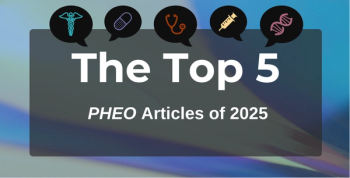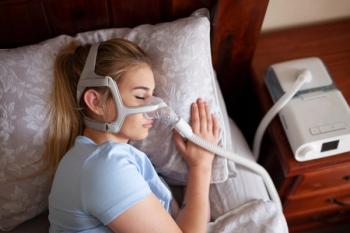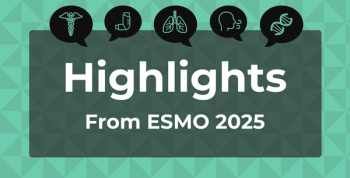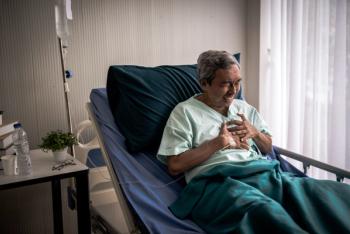
Bleeding, Damage Common in Pediatric Hemophilia Despite Prophylaxis
About a quarter of joints examined had at least 1 joint bleed.
Although prophylaxis is the gold standard of treatment for children with
The ankles are an area of particular concern, according to the authors of a new study
Hemophilic arthropathy is the most common complication of hemophilia, wrote the study authors. In many cases, arthropathy leads to disability and diminished quality of life.
Primary prophylactic infusion of coagulation factor is used to prevent joint bleeding and bone damage. However, despite prophylaxis, some patients still develop joint damage, suggesting that subclinical bleeding is relatively common.
“It usually manifests as joint discomfort, which disappears with the new dose of replacement factor,” they wrote.
Previous research shows that MRI can detect joint damage in children without a known history of joint bleeding. The problem, the authors said, is that MRI is not routinely used in daily clinical practice.
They wanted to better understand the problem of hidden joint damage in children and to analyze whether certain age groups or certain joints were more prone to damage. They recruited 106 patients with severe hemophilia who were taking prophylaxis and who were between the ages of 2 and 18 years. Eighty-eight percent of the participants had hemophilia A; the rest had hemophilia B. The investigators evaluated the participants’ joints and conducted follow-up examinations at their clinic.
Primary prophylaxis is defined as regularly scheduled prophylaxis designed to prevent bleeding. Secondary prophylaxis is administered after a patient has experienced joint bleeding. In the study, 59 participants were on secondary prophylaxis, while 47 participants were taking primary prophylaxis.
Of 636 joints evaluated, about a quarter (163 joints) had at least 1 joint bleed. The most frequent site of joint bleeding was the ankle (48.5%), followed by the elbow (27.6%) and the knee (23.9%).
In terms of joint damage, the investigators found it occurred more frequently in patients on secondary prophylaxis. While just 21.3% of participants on primary prophylaxis had joint damage, 72.9% of participants on secondary prophylaxis had joint damage. Joint damage was defined in the study as having a Hemophilia Early Arthropathy Detection with Ultrasound score of at least 1. On the other hand, the investigators said people on primary prophylaxis had a greater number of damaged joints at older ages. Participants 11 years and older had a greater frequency and degree of arthropathy. They said cartilage was most frequently involved in joint damage, followed by synovitis and bone damage.
The investigators said their study shows that although prophylaxis is the best treatment for children with hemophilia, it does not prevent joint bleeding, symptomatic or otherwise.
“The routine evaluation of joint health is relevant, particularly of the ankle,” they concluded.
They added, however, that their research aligns with previous studies suggesting ultrasound is a reliable method by which to detect early signs of arthropathy.
Reference
Daffunchio C, Galatro G, Faurlin V, Neme D, Caviglia H. The hidden joint in children with haemophilia on prophylaxis. Thromb Res. 2023;226:86-92. doi:10.1016/j.thromres.2023.04.012
Newsletter
Stay ahead of policy, cost, and value—subscribe to AJMC for expert insights at the intersection of clinical care and health economics.







































